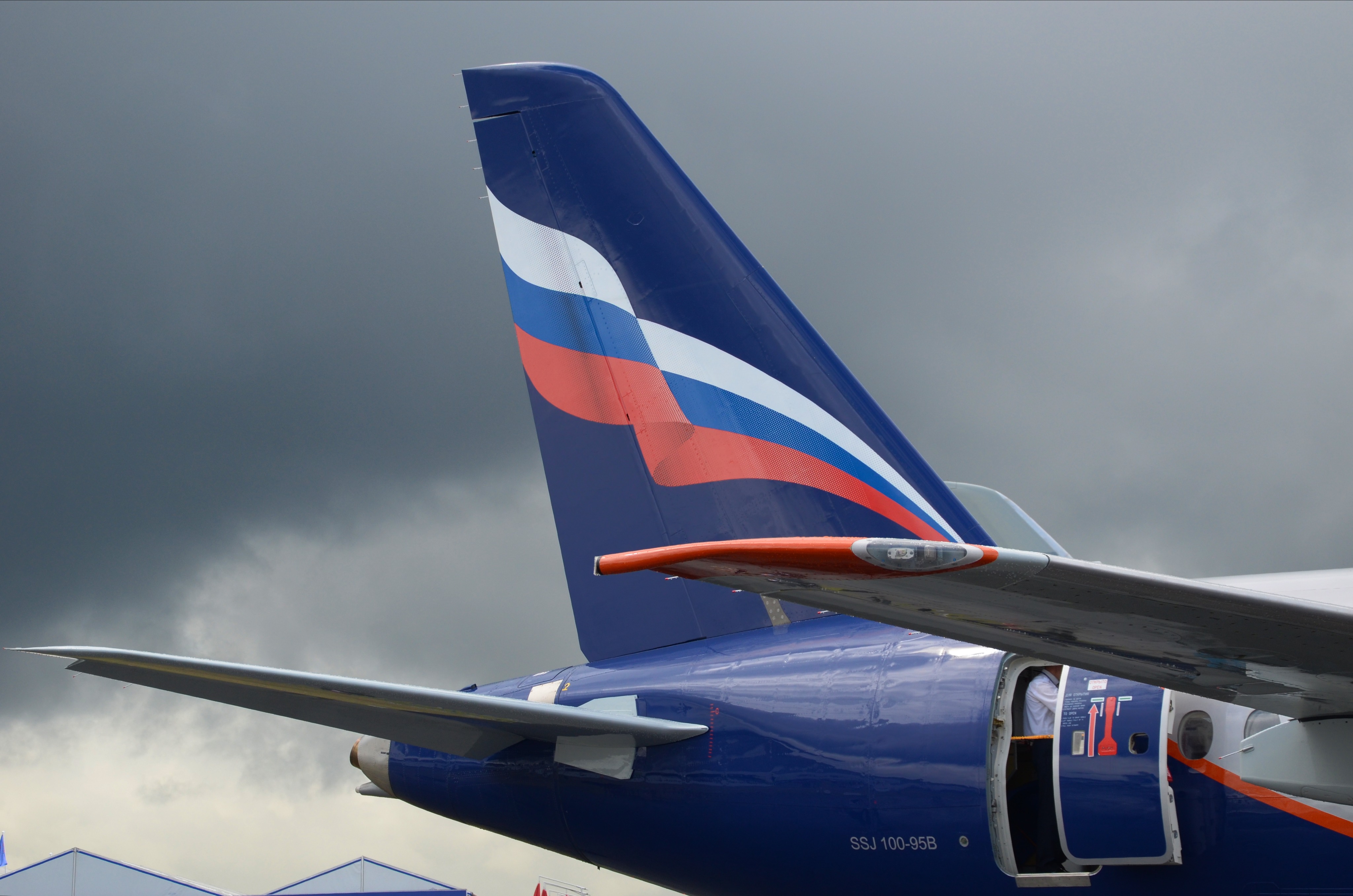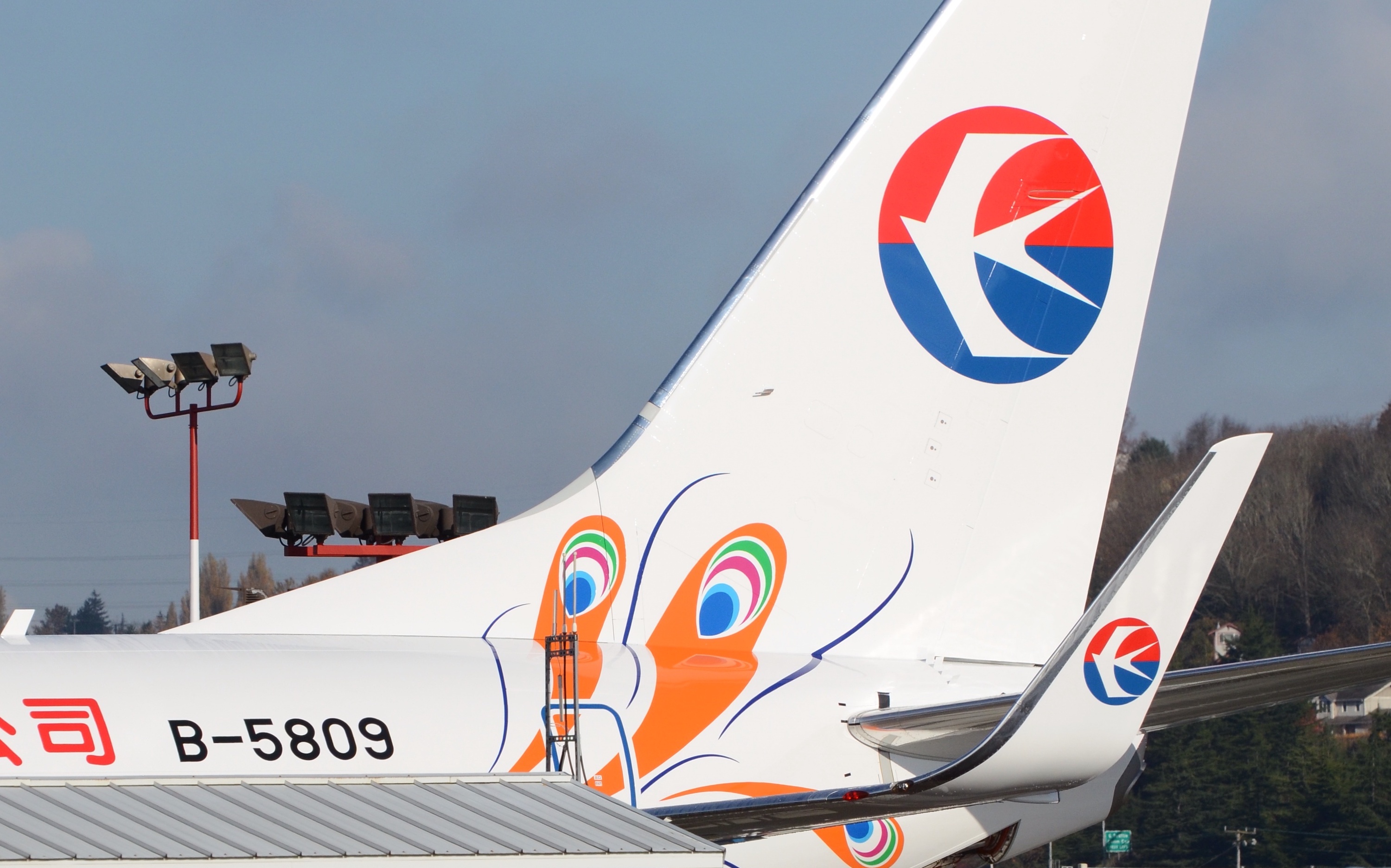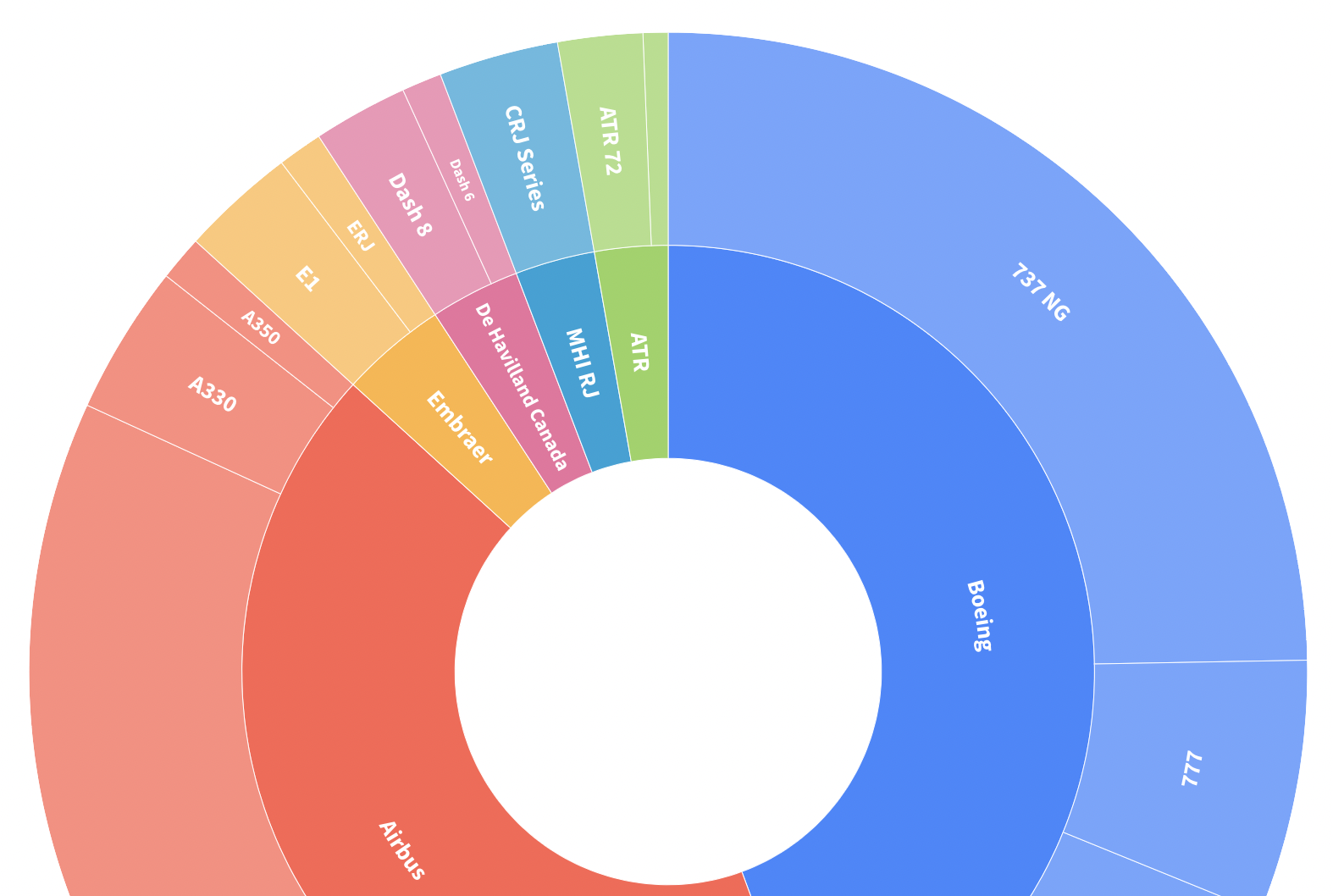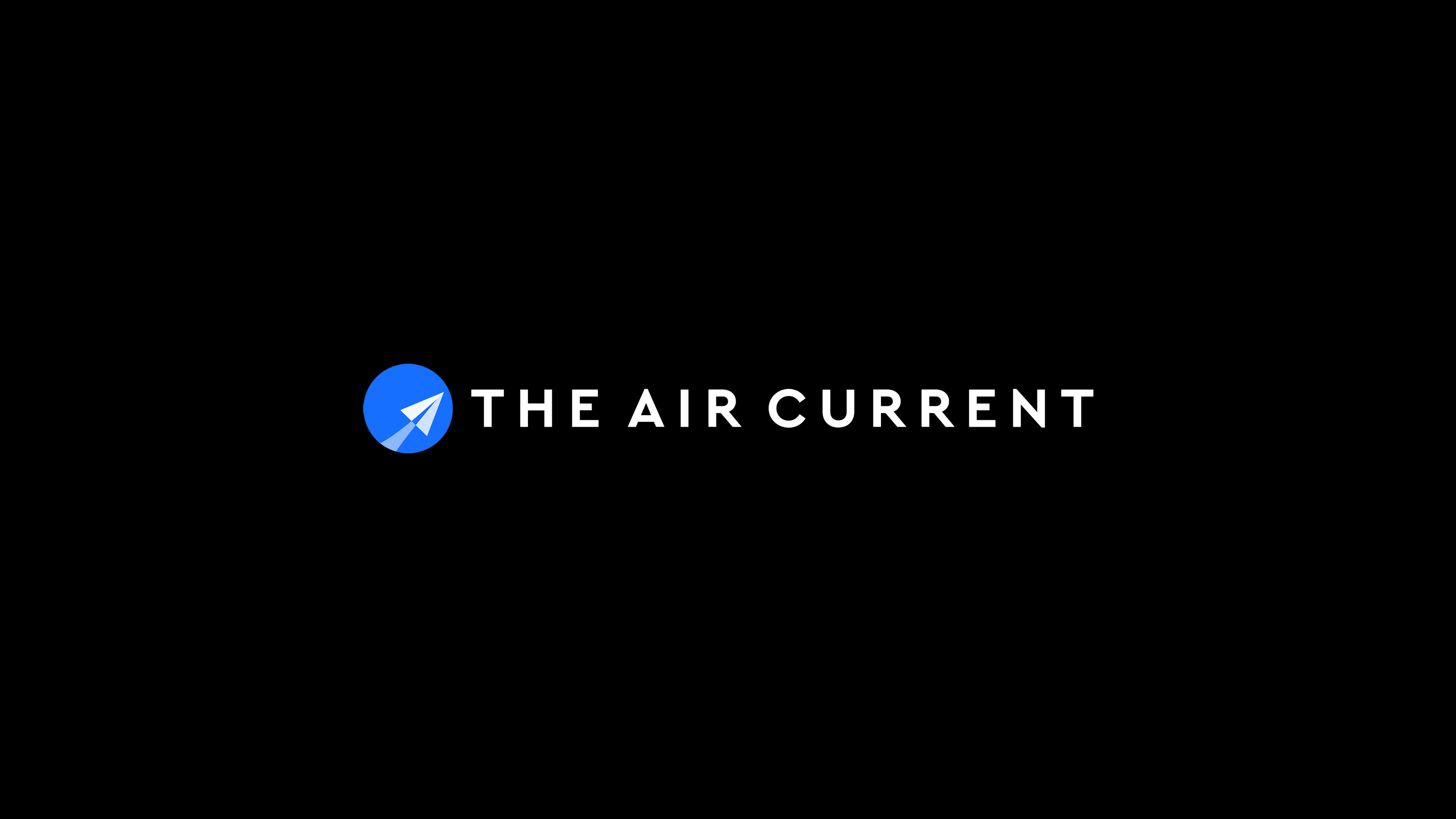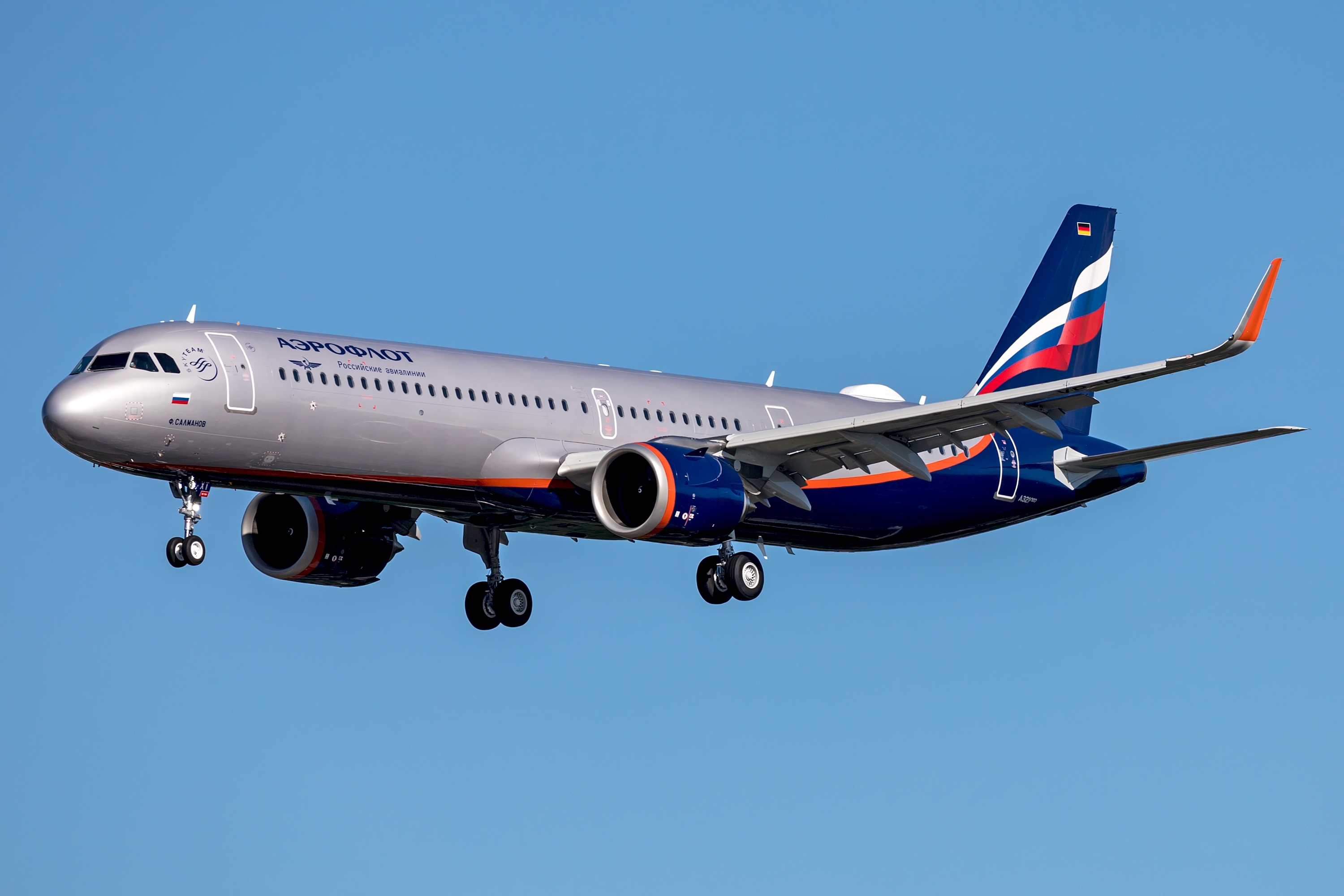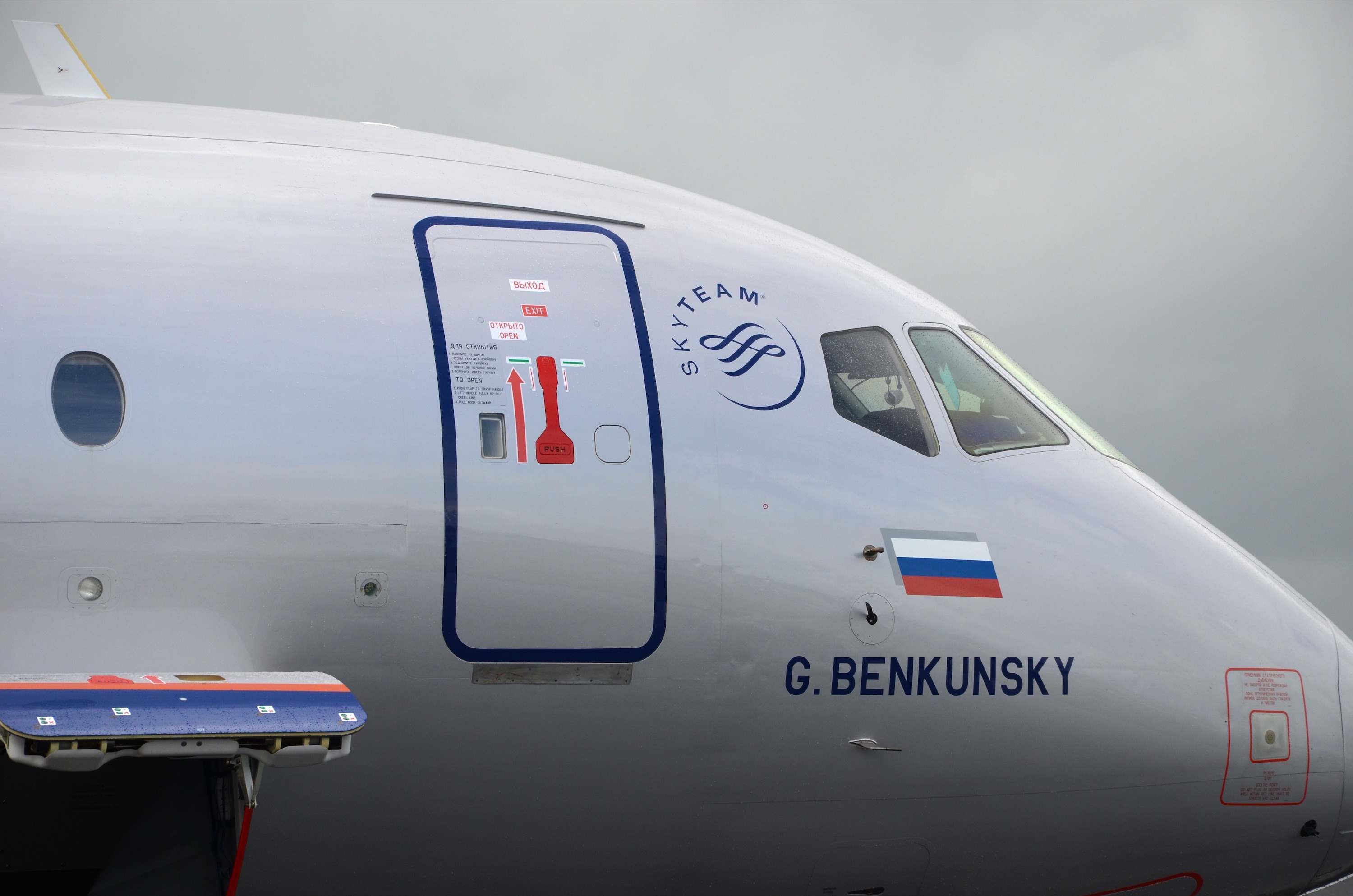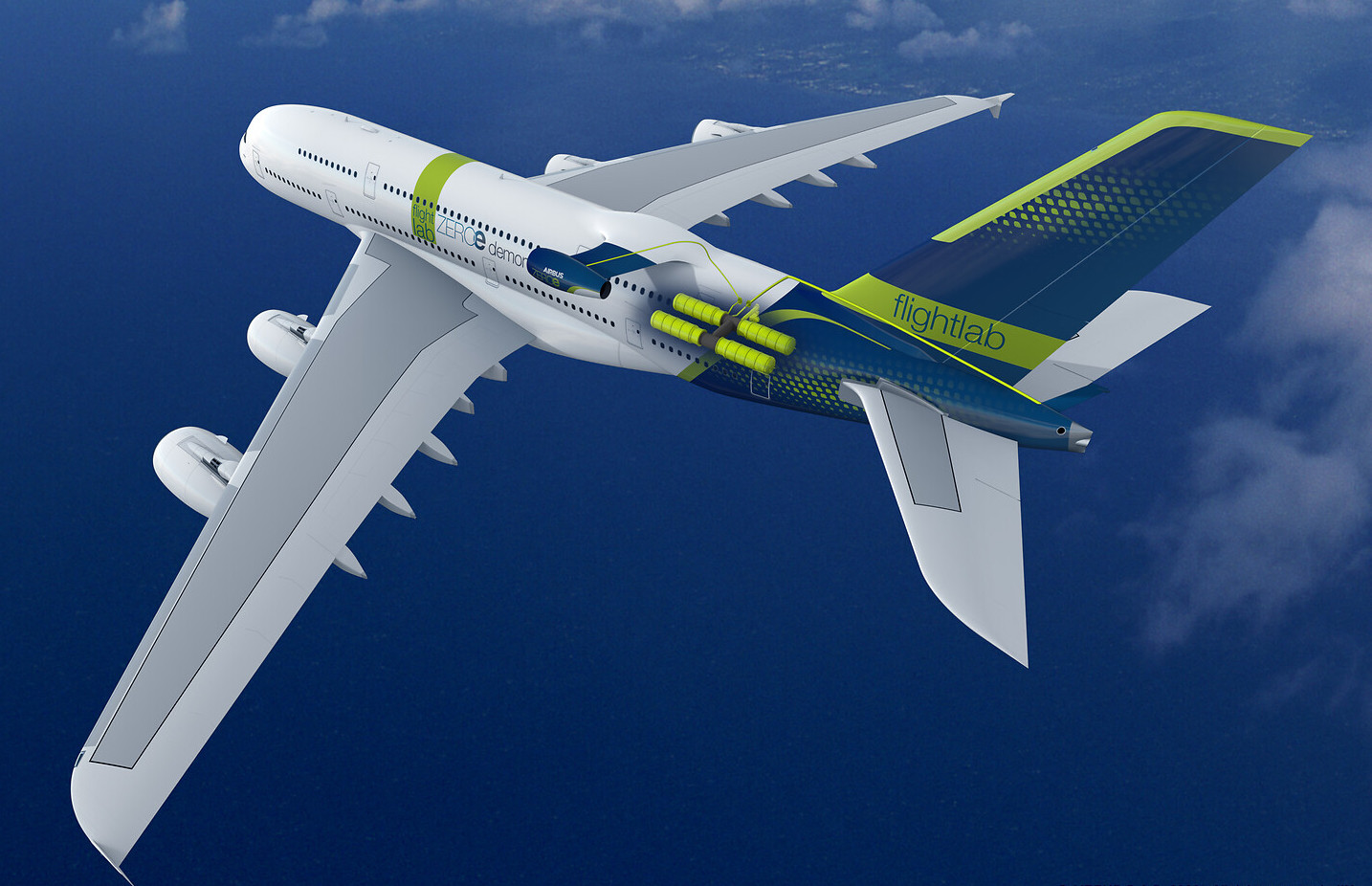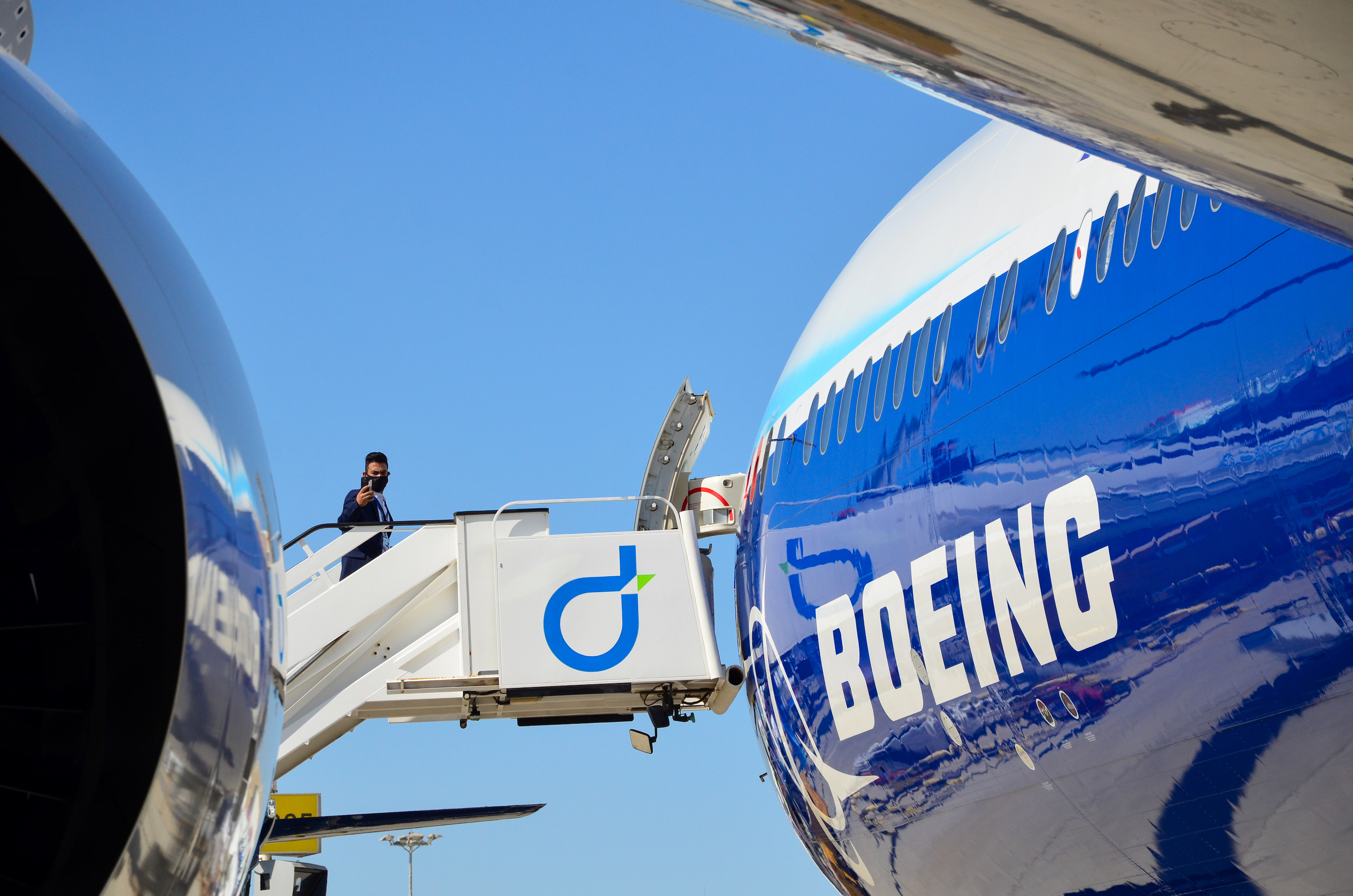The most far-reaching sanctions of the modern economic era have disconnected Russia and its civil aviation industry from much of the world. Its digital connection is severed, along with its access to parts, services, international markets and crucial airspace. Yet what will come of the fleet that operates today inside of Russia?
China Eastern flight 5735 crashed near Wuzhou on March 21 during a flight between Kunming and Guangzhou. Chinese state media...
As part of our on-going detailed coverage of the invasion of Ukraine by Russia and the resulting impact to global aviation, The Air Current has constructed an interactive data visualization of the fleet of Western-made aircraft flying today inside of Russia.
On March 8, 2022, The Air Current's Editor-in-chief Jon Ostrower and Senior Editor Elan Head hosted an in-depth and candid discussion with Dr. Kevin Michaels, Managing Director of AeroDynamic Advisory on Russia and the global aerospace supply chain.
The failed March 2 mission was one of the very first known attempts by a lessor to repossess a Russian-based commercial aircraft, according to interviews and documents reviewed by The Air Current. What is typically an unremarkable journey connecting Moscow to Cairo would shine a spotlight on the unfolding collapse of Russian commercial aviation, shaking the foundations of international law.
The western civil & defense aerospace business has long believed that Russia could be its customer, supplier and adversary to its patron governments – all at the same time.
Denial of aviation is a weapon that predates the 21st century battlefield. Yet, with the return of war to Europe, it is also aviation’s Achilles’ heel. With it comes a cascading series of immediate and longer term consequences in the skies as commercial and industrial links are quickly broken after decades of cultivation following the fall of the Soviet Union.
Less than four months after the Federal Aviation Administration rolled out its 2021 Aviation Climate Action Plan, the agency’s official blueprint for achieving net-zero aviation emissions by 2050 is already starting to look dated. The plan relies overwhelmingly on sustainable aviation fuel (SAF) as the principal pathway for reducing the U.S. aviation sector’s greenhouse gas emissions. It is plainly dismissive of hydrogen, stating: “we do not expect hydrogen-powered aircraft to make a significant contribution toward achieving net-zero aviation emissions by 2050.”
From the acute regional airline pilot shortage to the strategies and technologies laying the foundation for single-pilot and autonomous operations, TAC’s editorial and analytical team hosted a candid 60-minute discussion and Q&A session on the future of aviating and the enablers and limits to growth.
The safety case for autonomous vehicles is weaker than it has been made out to be — both on the ground and in the air.
Influential customer has “hard time seeing” 787 deliveries resuming before July, 777X certification likely to slip past 2023.
A backlog with available delivery slots is both a curse and a blessing, And that’s how Allegiant Air picked its horse.
